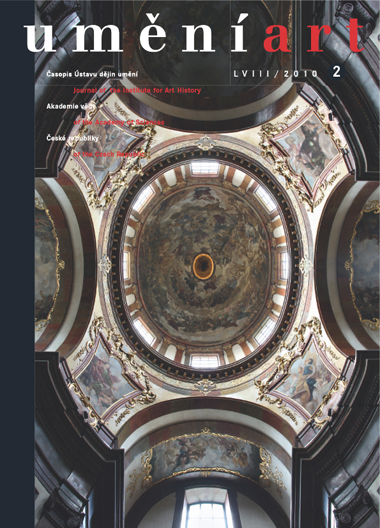Martina Schneiderová
Prehistorie v díle Jaroslava Panušky
Contrary to custom in recent years this article does not deal with the early fantastical work of the painter Jaroslav Panuška from the fin-de-siecle period, but instead concentrates on a less well-known phase in this artist's work in the first two decades of the 20th century, when the artist intensely devoted himself to themes of prehistory and Slavic ancient history. Panuška's drift towards pre-history can be viewed as a parallel to the modernist interest in primitivism. This study focuses on the circumstances that may have led the artist towards this focus and traces how the artist's personal character (his adventurous nature and his interest in Southern Slavic and Eastern Slavic countries, history, archaeology, and nature) blends on the one hand with the contemporary vogue in Pan-Slavism and on the other hand with the growing popularity of pre-history. Consequently, this area of Panuška's work is not interpreted as the behaviour of an artist withdrawing into seclusion out of frustration with the direction of modern art, but rather as an attempt by the artist to make his work more attractive to the public without abandoning the genre of landscape painting, which he was most at home in, or his taste for the mysterious and the bizarre. While trying to shed light on the circumstances behind the emergence of the studied work the article also sets out to describe various aspects of Panuška's non-avant-garde angle of expression. His behaviour shows some signs of partial resemblance to specific artist-types, such as the reclusive artist, the artist dwelling among country folk, or even the wandering artist, or also the ideal of the artist as scientist, the prototype of which was N. K. Roerich. The realisation of these ideals is what shows Panuška to have been an artist who, unlike orthodox modernists, did not exclude narrative and extra-artistic sources from the function of art. In this way, his work became a reservoir of functions that modernism had pushed to the sidelines.
Full-text in the Digital Library of the Czech Academy of Sciences:
https://kramerius.lib.cas.cz/uuid/uuid:ecae67ba-0ce0-f343-627d-2973e93e6193
< back

